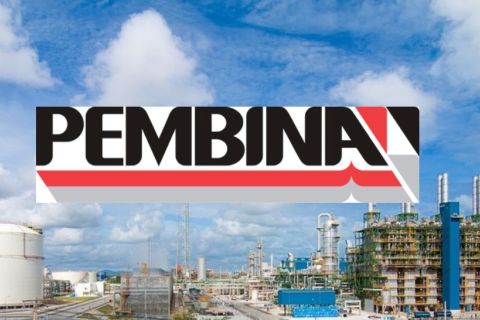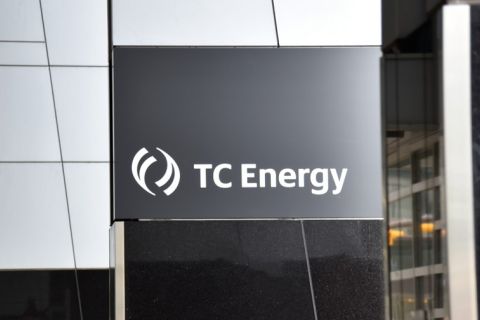Sevan Drilling’s semisubmersible Sevan Louisiana is about to spud what will be the most closely watched well in the Gulf of Mexico (GoM) since the Deepwater Horizon disaster five years ago. That is because the rig will be testing the same formation where BP encountered its problems―Macondo―for LLOG Offshore Exploration.
The Associated Press (AP) reported May 13 that LLOG planned to start drilling the Macondo Formation in June. The permit to drill the well on Mississippi Canyon Block 252 was approved April 13 by the Bureau of Safety and Environmental Enforcement.
According to the May 13 AP article, federal regulators divided the block in 2014. BP still has 270 acres around its Macondo well. LLOG now has the remaining 5,490 acres in the block where it will drill. The Sevan Louisiana is under contract to LLOG through second-quarter 2016.
Rick Fowler, LLOG vice president for deepwater projects, told AP that the company was committed to making sure an event like the Deepwater Horizon blowout does not happen again.
That would be the prudent way to do business.
For both onshore and offshore operators, another prudent way of doing business is to high-grade the drilling fleets. Offshore drilling contractors are either retiring or cold-stacking rigs. Onshore, the majority of operators are high-grading their fleets and taking advantage of lower day rates.
In its first-quarter 2015 report, Sevan Drilling said, “During the quarter, the market has seen very little new fixture activity, and the new contracts that have materialized are at significantly lower day rates. In order to manage this downturn, rig owners are stacking or scrapping older rigs, and newbuild deliveries are being delayed.”
The company has deferred the delivery of the Sevan Developer until October 2015. The delay can be extended for four additional six-month periods through October 2017 at the company's option. The company has three of its rigs under contract, but the rig in the yard does not have a contract, thus the delay.
Another example is Pioneer Natural Resources, which just sold its 50.1% in its Eagle Ford midstream business for about $1.1 billion. This will help the company ramp up its rig fleet.
Scott D. Sheffield, Pioneer chairman and CEO, stated in a press release, “We will re-initiate horizontal drilling in the Lower Spraberry Shale interval. Starting in July, we will add an average of two horizontal rigs per month in the northern Spraberry/Wolfcamp through the remainder of 2015 as long as the oil price outlook remains positive. During the first-quarter 2016, we are planning to add another eight horizontal rigs. This rig ramp-up will bring our total horizontal count to 36 rigs, which is essentially the same as our horizontal rig count prior to the oil price collapse in late 2014/early 2015.”
There are some good signs for the drilling industry. Let’s keep those rigs working.
Recommended Reading
Enbridge Announces $500MM Investment in Gulf Coast Facilities
2024-03-06 - Enbridge’s 2024 budget will go primarily towards crude export and storage, advancing plans that see continued growth in power generated by natural gas.
Pembina Pipeline Enters Ethane-Supply Agreement, Slow Walks LNG Project
2024-02-26 - Canadian midstream company Pembina Pipeline also said it would hold off on new LNG terminal decision in a fourth quarter earnings call.
TC Energy's Keystone Oil Pipeline Offline Due to Operational Issues, Sources Say
2024-03-07 - TC Energy's Keystone oil pipeline is offline due to operational issues, cutting off a major conduit of Canadian oil to the U.S.
TC Energy’s Keystone Back Online After Temporary Service Halt
2024-03-10 - As Canada’s pipeline network runs full, producers are anxious for the Trans Mountain Expansion to come online.
Enbridge Fortifies Dominant Role in Corpus Christi Crude Transport
2024-03-20 - Colin Gruending, Enbridge executive vice president and president for liquids pipelines told Hart Energy the company’s holdings in South Texas are akin to a “catcher’s mitt” for Permian and Haynesville production.




